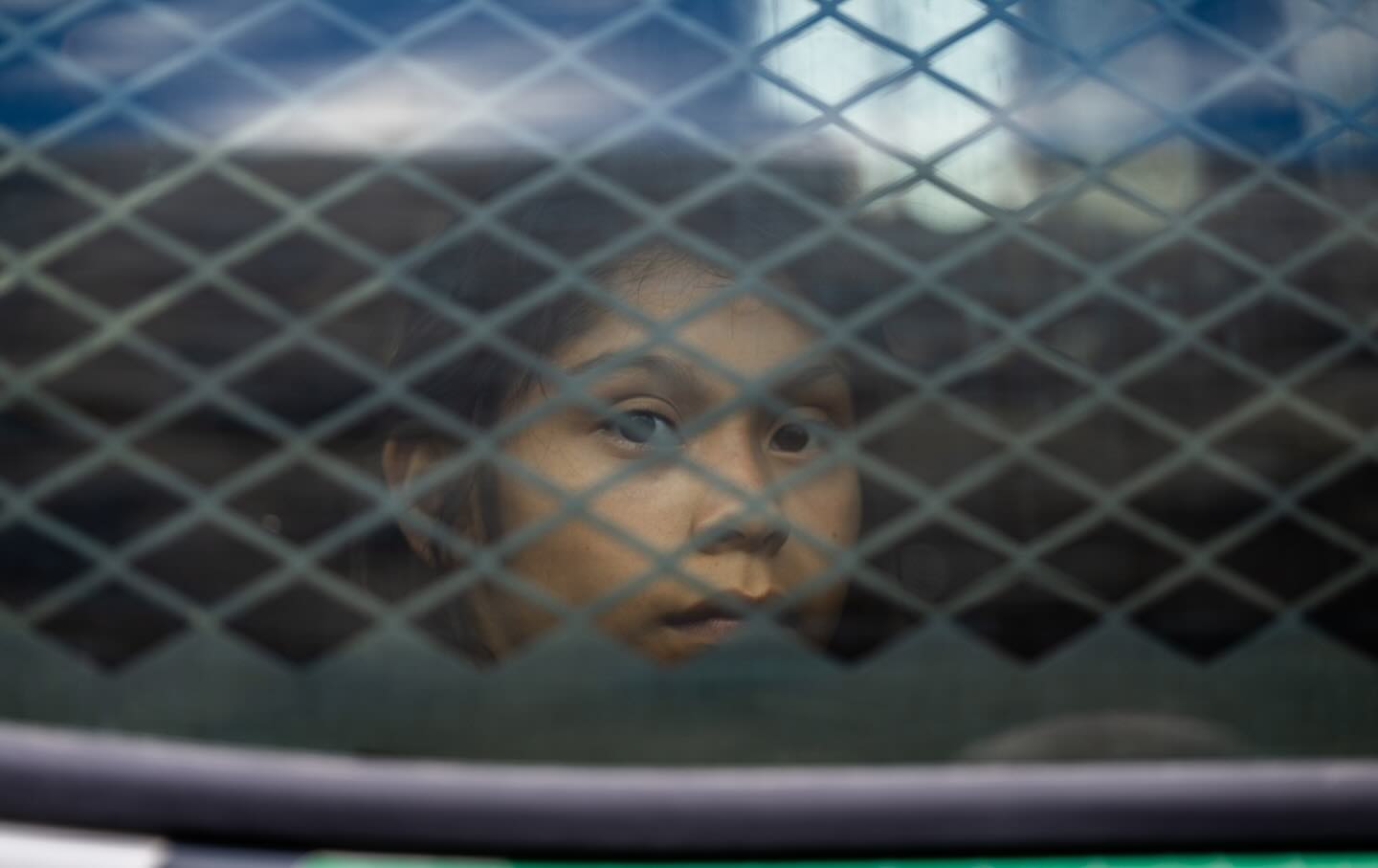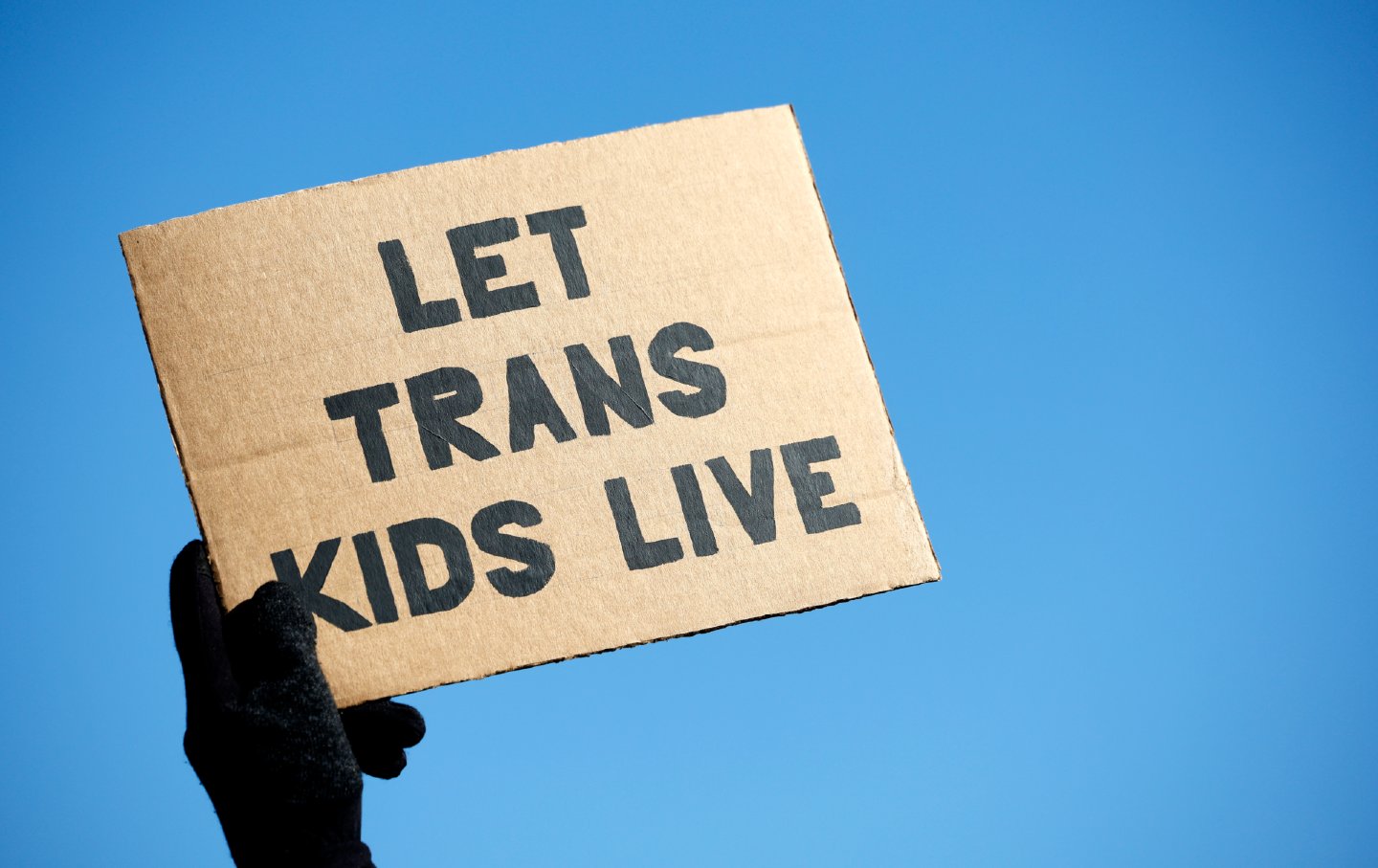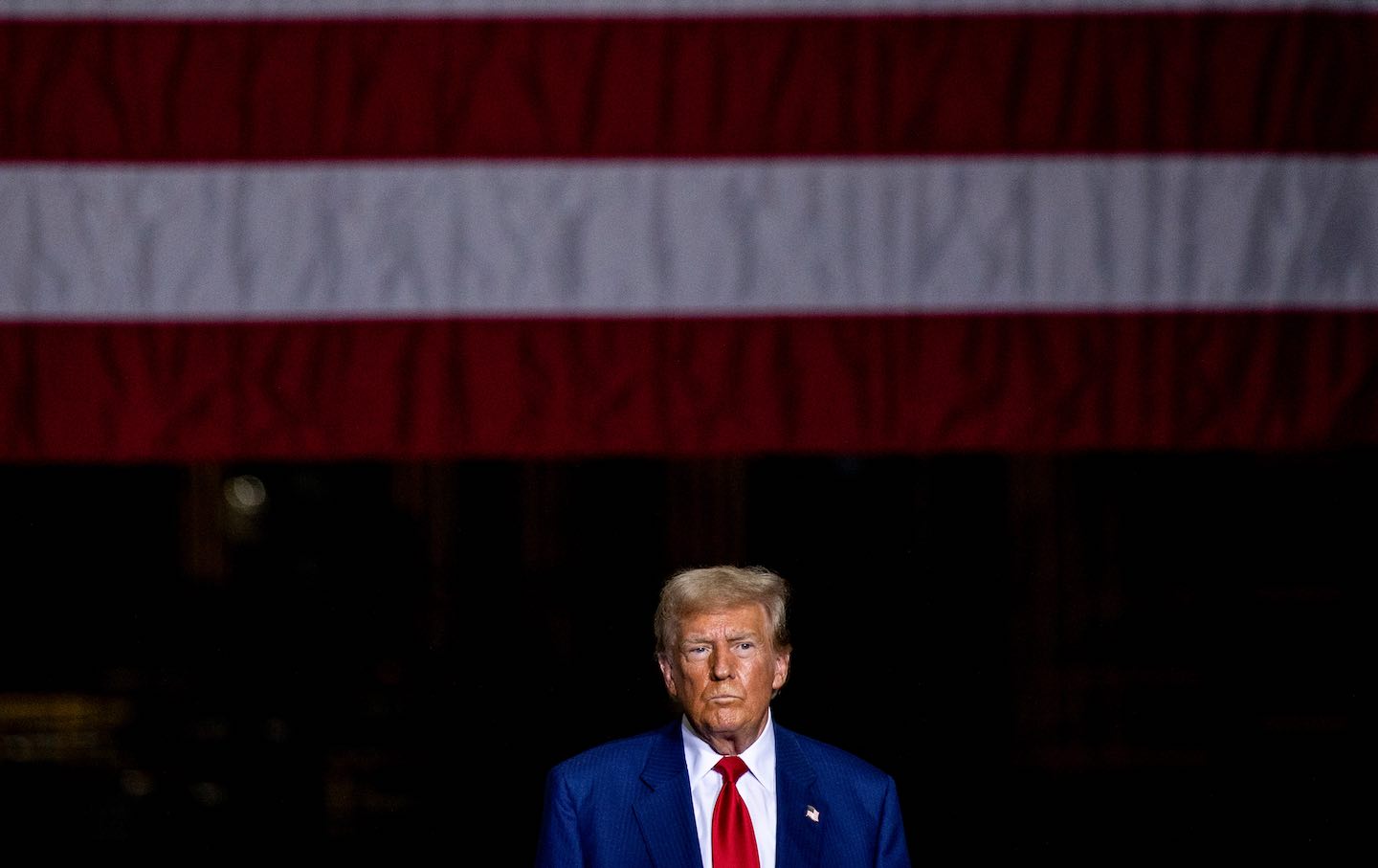Disappearing Juries
The rise of the plea bargain.
Where Did the Juries Go?
While jury trials might have afforded citizens the chance to witness—and even contest—the criminalization of the working class, plea bargains have allowed this criminalization to happen without their knowledge.

Even a casual observer of the American legal system is likely aware that most criminal defendants plead guilty. Although jury trials are often heralded in law school classrooms and dramatized on television shows, the reality is that more than 90 percent of criminal cases end in a guilty plea. Many of these pleas result from plea bargaining—the process by which a defendant gives up their right to a trial and pleads guilty in exchange for a promise of a charge reduction, a sentence reduction, or both. To some observers, plea bargaining appears efficient, even good: A trial court can process more cases at a faster rate, and defendants who are guilty get credit for admitting fault.
Books in review
Pleading Out: How Plea Bargaining Creates a Permanent Criminal Class
Buy this bookThe predominance of plea bargaining and the eclipse of trials, however, have led to many negative results. For starters, innocent defendants—worried about the prosecutor’s threat of a longer sentence if they are convicted at trial—can be pressured to plead guilty simply to cut their losses and move on with their lives: The risk of being penalized for taking their case to trial is just too high. Beyond harming the innocent, plea bargaining has also meant that police abuse goes largely unchecked by criminal courts; that victims rarely participate in the process; and that ordinary people have fewer and fewer chances to serve on juries.
In Pleading Out: How Plea Bargaining Creates a Permanent Criminal Class, the legal scholar and civil rights attorney Dan Canon argues that the problems with plea bargaining go even farther. Tracing the emergence of plea bargaining to the 1830s, when elites feared the growth of working-class power in the industrializing and immigrant-receiving Northeast, he shows how plea bargaining has been a convenient weapon in the class war. Although it was criticized at first by courts and lawyers, plea bargaining spread across the country in the 20th century as a supposedly commonsense approach to maintaining law and order. Operating alongside the expansion of criminal codes, plea bargaining allowed for the quick and hidden processing of substantial numbers of working-class people charged with working-class “crimes,” such as labor strikes, trespassing, and alcohol consumption. As Canon makes clear, the absence of public trials that could shed light on the system’s injustices served to stifle working-class dissent, while also liberally distributing the stigmatizing mark of a criminal record.
Today, the carceral state has grown so large that millions of Americans have a criminal record, with collateral consequences that reverberate in their lives and the lives of their families. For Canon, the continued dominance of plea bargaining is central to this contemporary crisis. But there is a way out: If we understand plea bargaining as “a means to perpetuate centuries-old class conflict,” Canon argues, we not only clarify its functions but also reveal one potential way to realize its demise, in the form of a strengthened solidarity among those who make up the now-vast “criminal class.” More promising than “top-down” reforms, Canon asserts, “fostering solidarity—organized movements of ordinary people demanding changes in the criminal justice system”—will provide “the best path forward.”
Canon’s account of the rise of plea bargaining begins in Massachusetts in the 1830s. Drawing on historical and sociological research as well as court opinions, Canon documents a profound shift in the way New England’s judges and lawyers viewed—and engaged in—plea bargaining. Before the 1830s, courts in Massachusetts and in other parts of the country viewed plea bargaining with skepticism. The right to a fair trial was thought to be sacred. So sacred, in fact, that defendants who wanted to plead guilty were strongly advised by courts to reconsider that decision and invoke their right to a trial instead.
By the 1850s, legal professionals in Massachusetts had changed their tune. What started out as the “dirty secret of the biggest cities in New England,” Canon writes, became “wholeheartedly condoned” by the Massachusetts Legislature in 1845, when, in a report on a criminal case filed against a Boston prosecutor who had offered “lenient fines in liquor cases in exchange for guilty pleas,” the Legislature “justly approved” of the prosecutor’s plea-bargaining techniques. Guilty pleas would skyrocket in the wake of this approval. As Canon reports, guilty pleas “accounted for the disposition of more than half of all criminal cases in Boston by 1850. By 1880, the number had increased to 88 percent.”
This massive rise in plea bargaining in Massachusetts, Canon argues, is best understood as an elite response to the emerging power of the working class. From 1790 to 1850, Boston’s population increased nearly sevenfold as industrialization transformed New England’s land and economy. Along with the growth of textile mills came the need for wage labor. The elite landowning Brahmin class was quickly outnumbered by Irish and other immigrants who made up this burgeoning population of laborers. Such demographic change commingled in the minds of elites with threatening narratives of Jacobin-inspired anti-capitalist revolts in Europe and slave revolts in the American South. New England’s elites sought various methods to contain the nascent working-class consciousness, organizing, and revolt brewing in their own backyards. Plea bargaining, which enabled the efficient criminalization of the working class and its tactics, was one of those methods.
Plea bargaining not only afforded elites efficiency; it also—and perhaps most importantly—afforded them legitimacy in their efforts. It quickly became clear to those encouraging the use of plea bargains that “bootmakers, millworkers, tailors, coal heavers, and the like were going to organize, they were going to strike, and they could not all be prosecuted, at least not with fear of even more unrest,” Canon writes. So the law adapted in various ways. Canon moves from the 1830s to the Prohibition-era 1920s, when a group of lawmakers made several important legal changes at the state and federal levels. Rather than ban unionizing outright, they passed “criminal syndicalism” laws that outlawed strikes. Alongside other tactics that discouraged working-class organization, liquor laws were passed and differentially enforced in ways that divided the working class between those who were law-abiding and those who were deemed criminal. It is not by happenstance, Canon insists, that just as juries were growing more diverse, especially across class lines, their power and presence were muted by the rise of plea bargains. Whereas jury trials might have afforded everyday people the chance to witness—and even contest—the criminalization of the working class, plea bargains allowed this criminalization to happen without their knowledge, let alone their concurrence.
While Pleading Out offers a convincing analysis of the role of class domination in the rise of plea bargaining in Massachusetts courts in the 1830s and federal courts in the 1920s, Canon does not explore the role that racial subordination and white supremacy likely played in its pervasive use during this period, especially in the Jim Crow South. Nor does he fully account for plea bargaining’s reemergence in the 1980s, when guilty-plea rates—which had modestly declined in the middle of the century—skyrocketed in federal courts (and have not abated since). The growth of prosecutorial power and sentencing “reforms” that made trials much costlier were central to the racist War on Drugs, which targeted poor and working-class Black communities. Yet despite its absence in these earlier sections, race (alongside class) becomes far more central to the rest of the book.
Fast-forwarding to the present day, the middle section of Pleading Out explores the injustices facilitated by our current plea-bargaining system. As Canon shows, police abuse toward Black and brown communities is perhaps one of the clearest consequences of this system today. Because plea bargains are so common, police go about their daily rounds assuming that their version of events will rarely be questioned. Without the accountability of jury trials, Canon writes, “the only facts that matter are those that a police officer hastily scribbles in an arrest report.” Rarely do juries, judges, or prosecutors inquire into whether police have reasonable suspicion for a stop or probable cause for an arrest. Police officers, who are incentivized to meet arrest quotas, occupy and target the most vulnerable communities—which is to say, poor communities of color—where the people arrested and “sucked into the system” have two options: “plead guilty to something or face even worse consequences than the conviction itself.”
Canon shares his own and other defense attorneys’ experiences representing clients facing trumped-up charges emanating from intentionally abusive—or just plain careless—police work. Even prosecutors recognize the problem: A recent Urban Institute report on plea-bargaining practices in the Philadelphia District Attorney’s Office found that “nearly half of the [assistant district attorneys] we surveyed thought innocent people ‘sometimes’ or ‘often’ accept guilty pleas.” In the same report, a bare majority of the prosecutors surveyed acknowledged that “people of color receive harsher plea offers,” and they attributed such relative harshness to structural racism and/or racist policing.
A lesser-known, but no less disturbing, consequence of plea bargaining is the way it allows judges and prosecutors to coerce defendants into giving up their other fundamental rights and freedoms, such as the right to have children. In Skinner v. Oklahoma (1942), the Supreme Court found that a law requiring the sterilization of defendants convicted of certain crimes violated the equal-protection clause of the 14th Amendment. The court ruled that procreation is one of the “basic civil rights of man” and that laws mandating sterilization must pass strict scrutiny. Yet, although forced sterilization is unconstitutional when it violates the equal-protection clause, courts can—and routinely do—sentence defendants to be sterilized. The loophole is the plea bargain: It is not unconstitutional for a judge or prosecutor to persuade a defendant to negotiate away their right to procreate. From Tennessee to Wisconsin, plea deals negotiated as recently as 2015 have resulted in the sterilization of defendants deemed unfit to have children because of their criminalized behaviors (such as marijuana possession). Plea bargaining, Canon writes, has allowed courts to continue to play “the eugenics game.”
Defense attorneys are not innocent bystanders here either: Canon shows that attorneys representing indigent defendants can be complicit in the plea-bargaining system. Many public and appointed defenders are faced with heavy caseloads that discourage taking cases to trial, especially if they believe their client is guilty. For some defense attorneys, such as private attorneys appointed to indigent cases, representing as many clients as possible is how they make money. “Pressure to sign up as many cases as possible and to resolve those cases as soon as possible [through a plea bargain] is inevitable,” Canon writes. In my own research, I have found that indigent defendants commonly report feeling coerced by their lawyers to take pleas (even when they maintain their innocence) and silenced when they try to fight back. Few lawyers go into defense work with the aim of coercing and silencing their clients, and yet plea bargaining has made such practices seem appropriate. “Defense lawyers are complicit no matter where their hearts are; we all continuously feed the insatiable appetite of a conviction-eating beast,” Canon concludes.
Popular
“swipe left below to view more authors”Swipe →Despite plea bargaining’s many problems, most courts and legal professionals today believe that the practice is necessary to resolve the sheer number of cases brought into the system. More than necessary, many even see plea bargaining as a good thing. In Punishment Without Trial: Why Plea Bargaining Is a Bad Deal, the legal scholar Carissa Byrne Hessick critically describes what has become a “plea bargaining culture” in trial courts, including the “background assumption that juries shouldn’t decide cases.” Canon admits that he, too, bought into this conventional wisdom early in his legal career. Much like his professional peers and even other defense attorneys, he had been “steeped in the mythology of plea bargaining as crucial to the very survival of justice itself.”
But, as Canon shows, the notion that plea bargaining is necessary is wrong. In the last part of Pleading Out, he moves from indicting the current system to imagining ways to reform it. He advocates a huge reduction in plea bargaining, though he stops short of supporting a complete ban. We learn that there is precedent for vastly limiting, or even outright banning, plea bargaining—and we learn that such limits can work. Taking us on a brief tour of jurisdictions that have implemented such bans in the United States, Canon shows how local courts continued to process cases even without the use of plea bargains. For example, in the 1970s, Alaska’s attorney general banned plea bargaining in the state. Though many observers feared that this would result in a backlog of cases, the opposite occurred: “The overall time it took to resolve cases actually went down for a while.” One reason was that defendants continued to take open pleas—freely pleading guilty to their charges without any threats or promises from the prosecutors and judges. Another reason was that “prosecutors got pickier.” As Canon explains, “resources that might have been used on haggling for a few hours a day were diverted to reading case files, calling witnesses, and otherwise determining the soundness of cases. Then prosecutors would decide whether to push the case forward or drop it altogether.” In other words, prosecutors actually interrogated the facts of the cases they decided to prosecute.
Canon offers two important lessons from his survey of jurisdictions that limited or banned plea bargaining. The first is that such limits force legal professionals to dismiss the weaker, less serious cases and prioritize the stronger, more serious ones. While prosecutors still ultimately have the power to determine what constitutes a “serious” case, and while all sorts of biases may continue to influence their interpretation of what “strong” facts are, limiting plea bargaining reduces the system’s capacity to criminalize en masse.
The second lesson is that efforts to place limits on plea bargaining are vulnerable to political pressure. In Alaska, the attorney general’s ban lasted for a decade, ending in part because of “media-fueled concerns about rising crime rates,” Canon writes. Another experiment, this one initiated by the district attorney of New Orleans, ended simply because the new DA—“described by local press as a ‘no-nonsense lawman’”—reverted back to the old policy.
Perhaps more important than reform from above, Canon concludes, is the radical potential of resistance from below. Among legal professionals, the culture of plea bargaining has proved resistant to change, even in the face of clear reform alternatives. Meanwhile, those subordinated by the criminal law—working-class, poor, immigrant, and racially marginalized communities—increasingly articulate a critical consciousness antagonistic to legal control, extraction, and punishment. The now-decade-long Black Lives Matter movement is evidence of the potential of such consciousness, and Canon argues for a similar “popular movement” to bring about “bottom-up change” that specifically targets plea bargaining. Already, we have seen the seeds of such a movement, with groups like the Community Justice Exchange advocating against plea bargaining in a broader campaign against prosecutorial practices. Pleading Out brings a new language, analysis, and urgency to this struggle.
More from The Nation

My Dystopian Novel Predicted Trump 2.0 My Dystopian Novel Predicted Trump 2.0
SOLIS was meant to serve as a warning of what could come. With Trump’s reelection, it should serve as a blueprint for the bravery and activism needed to fight back.

President Biden Should Issue a Blanket Pardon of Undocumented Immigrants President Biden Should Issue a Blanket Pardon of Undocumented Immigrants
Protecting Trump’s enemies from prosecution just reinforces the idea of politics as retribution. Instead, Democrats should be defending his most vulnerable targets.

The Supreme Court’s Hearing on Trans Rights Was Bigotry Masquerading as Law The Supreme Court’s Hearing on Trans Rights Was Bigotry Masquerading as Law
The conservative majority spent much of the oral arguments for US v. Skrmetti trying to erase the trans community.

Will There Be a Bird Flu Epidemic Under Trump? Will There Be a Bird Flu Epidemic Under Trump?
H5N1 currently poses a real threat for human transmission. Meanwhile, Trump’s picks for public health roles don’t bode well for vaccination.

Trans Medicine’s “Merchants of Doubt” Trans Medicine’s “Merchants of Doubt”
There is plenty of uncertainty involved in gender-affirming care—as in most aspects of medicine. But the groups behind the Tennessee ban aren’t driven by science—or patient care.

Donald Trump’s Second Administration Will Be As Women-Hating as Ever Donald Trump’s Second Administration Will Be As Women-Hating as Ever
"Your body, my choice" is only the beginning.


